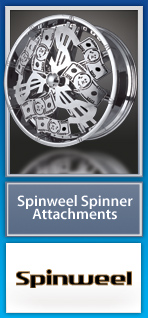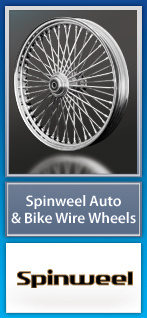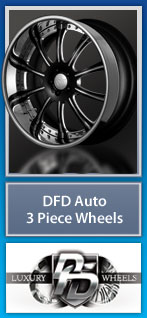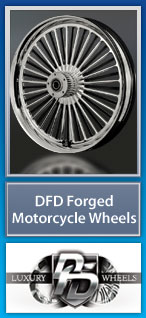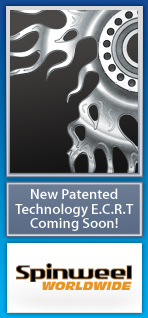Metal Polishing
Polishing is usually multistage process because the first stage is starts with a rough abrasive and each subsequent stage uses a finer abrasive until the desired finish is achieved. The rough pass removes surface defects like pits, nicks, lines and scratches. The finer abrasives leave very thin lines that are not visible to the naked eye. Lubricants like wax and kerosene are used as lubricating and cooling media during these operations. Buffing may be done by hand with a stationary polisher or die grinder, or it may be automated using specialized equipment.
When buffing there are two types of buffing motions: the cut motion and the color motion. The cut motion is designed to give a uniform, smooth, semi-bright surface finish. This is achieved by moving the workpiece against the rotation of the buffing wheel, while using medium to hard pressure. The color motion gives a clean, bright, shiny surface finish. This is achieved by moving the workpiece withe the rotation of the buffing wheel, while using medium to light pressure.
When polishing brass, there are often minute marks in the metal caused by impurities. To overcome this, the surface is polished with a very fine (600) grit, copper plated, then buffed to a mirror finish with an airflow mop.
Polishing operations for items such as chisels, hammers, screwdrivers, wrenches, etc., are given a fine finish but not plated. In order to achieve this finish four operations are required: roughing, dry fining, greasing, and coloring. Note that roughing is usually done on a solid grinding wheel and for an extra fine polish the greasing operation may be broken up into two operations: rough greasing and fine greasing. However, for inexpensive items money is saved by only performing the first two operations.
- High Polish finish on Aluminum, Steel, Stainless Steel, Brass and Copper
- Brushed or Satin Finish






















